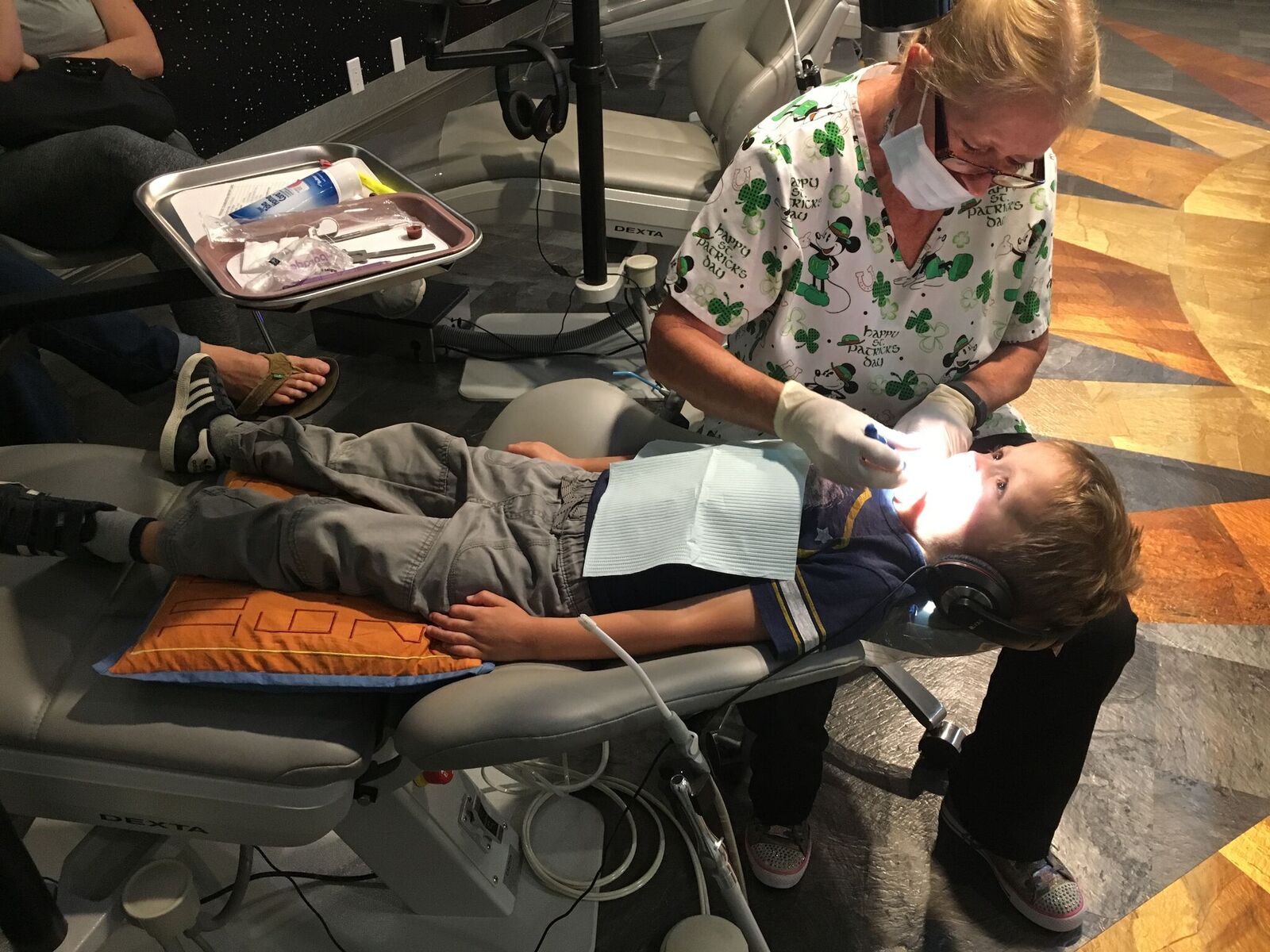Knocked-Out or Displaced Tooth:
A knocked-out permanent tooth requires immediate attention! The faster you act, the better your chances of saving the tooth!
Helpful Tips:
- Find the tooth and contact our office right away.
- Hold the tooth by the crown (chewing end), not the root, and gently rinse the root using cool water. Do not scrub or clean the tooth with soap or remove any attached tissue fragments.
- If possible, replace the tooth in the socket and hold it there with clean gauze or a washcloth (remember, the smooth side of the crown always faces out) while you head to the dentist. If you do not feel comfortable placing the tooth back in the socket yourself, place the tooth in a clean container of milk and come to our office immediately.
Knocked-out baby teeth are rarely placed back in the mouth, but it is important for the doctor to examine your child to be sure no tooth fragments are embedded in the gums, lip or tongue, and to determine the extent of trauma to other teeth in the area.
Chipped or Fractured Tooth:
Contact our office promptly so that we can determine if the fracture requires immediate attention. Then rinse out your child’s mouth with room temperature water and apply cold compresses to reduce any swelling. If you can find the broken tooth fragment, bring it with you to our office. Immediate action may save the tooth, prevent infection and reduce the need for extensive dental treatment.
Bitten Tongue, Lip or Cheek:
Clean the area gently with a cloth and place cold compresses on the area to keep swelling down. Apply firm but gentle pressure to control any bleeding. If bleeding is excessive or doesn’t stop after a short period of time, take your child to the doctor immediately.
Toothache:
Call our office to schedule a visit as soon as possible. To comfort your child in the meantime, rinse the mouth with room temperature salt water, remove any food trapped between the teeth with dental floss, and apply a cold compress to alleviate any facial swelling. DO NOT place aspirin on the gums or sore tooth. Over-the-counter pain medication may be used to keep your child comfortable until they can be seen.
Gum Swelling or Abscess:
An abscess is a painful bacterial infection at the root of the tooth or between the gum and a tooth, most commonly caused by tooth decay or trauma to the tooth. It is usually accompanied by swelling of the gums that may resemble a pimple. If left untreated, the infection can spread to other parts of your child’s body, so it is important that you contact us immediately to schedule an appointment.
To help reduce your child’s risk of an oral injury, encourage them to wear mouthguards and helmets during sports and activities! Always use car seats for young children and require seatbelts for everyone else in the car. And childproof your home to prevent falls, electrical injuries and choking on small objects!





